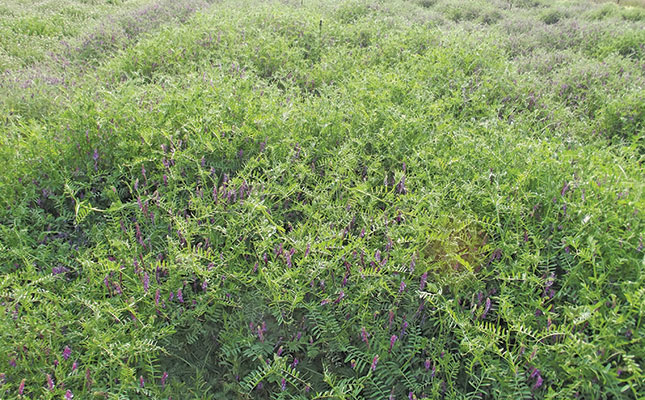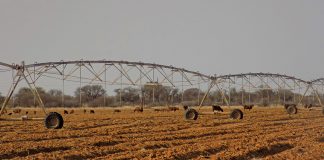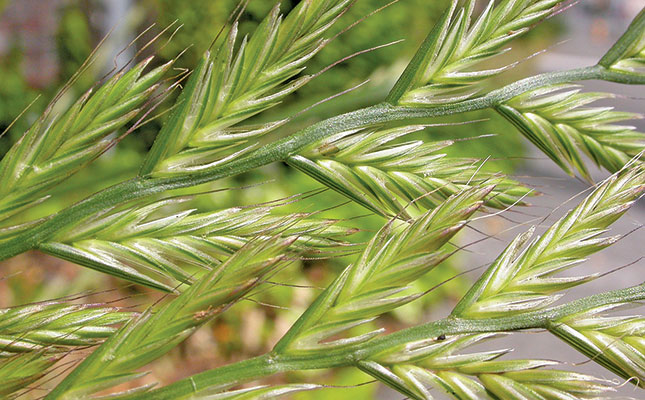
Photo: Bill Kerr
If you were to see the equivalent weight in livestock, you would certainly be aware of it: it’s more than 100 sheep or a dozen cows! But soil life, of course, is invisible from above ground.
Compost tea
Just as livestock has to be fed in order to survive and reproduce, so do these organisms. Some people make compost tea by feeding products such as diluted molasses to soil organisms in compost in an aerated container.
This increases their numbers and the mixture is then applied to the soil. But the actual weight of organisms produced in this manner is negligible compared with what’s already in the soil.
Moreover, compost tea can contain harmful organisms, something I’ve seen on a number of occasions.
Getting the ratio right
The number of soil organisms in the soil is in direct proportion to the amount of organic matter on which they can feed.
I frequently come across farmers unhappy about the way their crop is growing despite having applied the usual amount of fertiliser. When I visit them and inspect the land in question, I often notice undecomposed plant residue mixed in with the soil.
This causes what is referred to as a negative period. The bacteria in the soil start to break down the organic matter by consuming it and using the nitrogen for their own bodies.
Bacteria have a carbon-to-nitrogen ratio of 5:1, so considerable quantities of nitrogen are used.
The crop residue will have some nitrogen; 1t of wheat residue, for example, may contain only 5kg of nitrogen.
Legumes
A legume, by contrast, will contain considerably more. Apart from this, it also places additional nitrogen into the soil as the bacteria in the nodules on their roots obtain nitrogen from the air. Because there is less of a negative period, the breakdown to humus is very rapid.
If you calculate how much nitrogen you have to apply to the soil to negate the negative period, you will get an idea of the huge weight of bacteria that have increased to feed on the residue.
This bacteria get first crack at the nitrogen, with the plants going begging. However, you can increase the bacteria in the soil by 1t/ ha simply by working a green manure crop into the soil.
When the bacteria have completed their task, the food runs out and the bacteria in turn die off. In doing so, the nitrogen from their bodies reverts back into the soil solution and is now freely available for the plants to take up.
That’s the good news. The bad news is that the nitrogen is also able to leach out from the soil with heavy rain or irrigation.
Bill Kerr is a vegetable specialist and a breeder of a range of vegetables.











